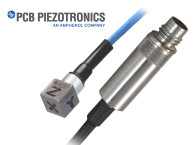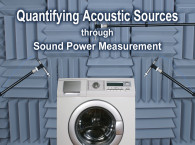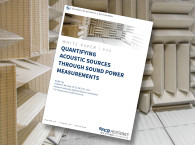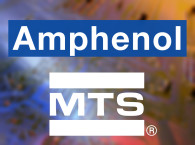In this white paper, Dr. Stephen Hambric uses basic piezoelectric sensor theory to explain what happens to your measurement when you use and exceed the amplitude and frequency limits of an accelerometer with built-in electronics, known as an ICP® or IEPE accelerometer. Download this exclusive white paper now.
In this white paper, Dr. Stephen Hambric uses basic piezoelectric sensor theory to explain what happens to your measurement when you use and exceed the amplitude and frequency limits of an accelerometer with built-in electronics, known as an ICP® or IEPE accelerometer. Learn more about components that determine usable linear ranges, and how to avoid common stumbling blocks in signal processing to ensure accurate data analysis.
Topics Include:
- Piezoelectric sensor operating principles
- How ICP-powered accelerometers measure fluctuating vibrations
- What determines the lower and upper limits of linear response, both in amplitude and frequency
- The effects of violating those limits on response frequency spectra, using signal processing theory and examples.
Download this exclusive white paper now!
What You Will Learn
- Better understanding of ICP-Powered ICP accelerometers and its mechanical and electrical parameters.
- How to obtain clean signals for measurements without clipping and signal attenuation
- How to deal with ICP sensors in general, such as microphones and force cells.
- Related reference material
Get Support from PCB Piezotronics by
Signing Up






